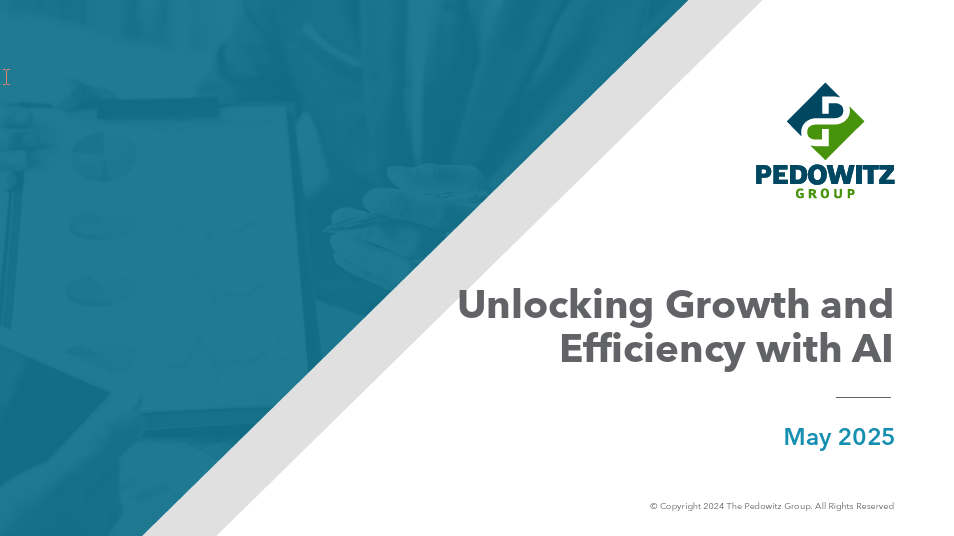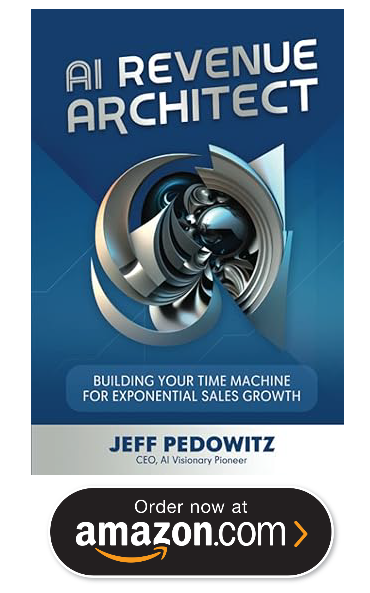
A Multi-Functional Playbook
Artificial Intelligence (AI) is no longer just the realm of futuristic speculation—it has become a practical engine of business transformation. Organizations today use AI to automate routine tasks, gain real-time analytics, predict trends, and deliver deeply personalized customer experiences. Leaders who harness AI can expect to see significant gains across various business functions—from Sales and Marketing to Finance, HR, and Operations. Here’s how AI is reshaping the landscape and offering a playbook to drive sustainable growth.
1. Why AI Matters for Modern Businesses
The Race Against Time and Competition
According to the insights shared in the PDF, companies adopting AI are already seeing a 3–15% revenue increase and a 10–20% uplift in sales ROI. Competitors are moving fast; to maintain an edge, businesses need to integrate AI now rather than later. AI-driven automation can reduce resource demands by up to 30%, free up time for strategic planning, and double lead conversions with more personalized outreach strategies.
CEO-Level Advantages
AI is a game-changer for C-level executives because it drives:
Predictive Insights: Real-time data can inform the next steps in product development, marketing campaigns, or sales outreach.
Scalability: AI-based tools grow with your organization, adapting to changes in personnel, product lines, or customer demand.
Differentiation: Leaders who incorporate AI into their strategy can pivot faster and respond more effectively to market disruptions.
2. High-Impact Use Cases Across Business Functions
Sales
Sales teams can use AI to handle lead qualification in minutes, personalize outreach, and receive real-time deal insights. Tools like Weflow, Zoho Zia, Jasper, ChatSpot (HubSpot), and Crystal Knows each tackles different aspects of sales optimization:
Deal Forecasting: Identifying at-risk deals and strategizing next steps.
Personalized Communication: Instantly generating targeted messages based on a prospect’s profile or personality traits.
Automated Follow-Up: Engaging inactive leads, scheduling meetings, and accelerating speed-to-lead conversions.
Marketing
AI in marketing streamlines content creation, campaign personalization, and social engagement:
Buffer or Writesonic help generate and schedule social media posts that are timely and on-brand.
Frase.io improves SEO performance by analyzing competitor data and suggesting relevant topics and keywords.
HubSpot integrates marketing, CRM, and analytics for a unified lead funnel.
The writer ensures consistency in brand voice while creating large volumes of content at scale.
Key Benefits:
Deep personalization at every customer touchpoint.
Automated email and social media campaigns.
Real-time campaign monitoring and analytics.

Finance
Finance departments are increasingly turning to AI to handle everything from transactional bookkeeping to sophisticated predictive analytics:
Booke.ai and Vic.ai streamline invoice processing and categorization.
Vena Insights enables accurate forecasting and budgeting with real-time data visualization and modeling.
By automating routine tasks, financial teams can pivot from manual data entry to strategic analysis, strengthening compliance and uncovering new growth opportunities.
HR
From candidate screening to employee engagement, HR can harness AI to cut down on administrative burdens and improve retention:
Manatal, Workable, and Zoho People help surface top talent and manage end-to-end recruitment pipelines.
Leena AI adds an AI-driven employee helpdesk and automates repetitive HR queries.
AI-driven engagement surveys reveal key themes like communication gaps or workload issues, giving HR teams actionable insights to boost morale.
Operations
AI can transform day-to-day operations by automating workflows, optimizing resource allocation, and reducing friction in project management:
Grammarly ensures that documents and communications remain polished and professional.
ClickUp AI, Notion AI, and Trello.ai streamline task tracking, prioritize action items, and provide real-time updates, helping teams stay synchronized.
Whether it’s automating order fulfillment or refining inventory management, AI-driven tools cut through operational complexity, increase quality and reduce overhead.

https://www.linkedin.com/in/jeffpedowitz/
3. AI Maturity Model: From Initiation to Innovation
The PDF outlines a maturity model showing how organizations evolve from basic experimentation (Initiation) to a full-scale AI-driven enterprise (Innovation). As companies advance in AI adoption, each department—sales, Marketing, Finance, HR, IT, and Operations—levels up in strategy and sophistication. Early stages might see sporadic, siloed AI usage (e.g., a chatbot or analytics dashboard). Later stages involve cross-functional AI integration that drives real-time decision-making at every level.
4. Real-World Exercises and Examples
The PDF offers practical exercises to show how AI can be applied in diverse contexts—from re-engaging dormant leads via SMS to generating automated financial reports. Examples include:
Reactivating Old Leads: Sending immediate, AI-driven SMS outreach to contacts who requested information months ago but never closed.
AI-Powered Sales Calls: Tools like ChatGPT can provide instant data on new products or market conditions, helping sales reps answer on-the-fly questions confidently.
Financial Forecasting: Predicting next quarter’s cash flow by analyzing historical revenue data, industry pricing changes, and operational costs.
Employee Engagement Surveys: Running sentiment analysis on staff surveys, pinpointing consistent pain points, and suggesting tailored solutions for different departments.
These real-world scenarios underscore AI’s versatility—no matter the industry or department, AI can accelerate processes, cut costs, and drive better outcomes.
5. Implementing an AI Roadmap
1. Align AI with Business Objectives
Ensure AI initiatives tie back to tangible outcomes, such as higher lead conversion or improved customer satisfaction.
2. Start Small, Scale Fast
Pilot AI solutions in one department—like Sales or Marketing—before rolling them out enterprise-wide. Early wins build momentum and secure buy-in.
3. Train Your People
Change management is crucial. Provide training so employees understand how to interpret AI-driven insights, collaborate with AI assistants, and optimize workflow.
4. Monitor and Refine
AI thrives on feedback loops. Track metrics like engagement rates, response times, or cost savings. Refine your AI models as data volume and complexity grow.
5. Choose the Right Tools
The PDF highlights many AI tools—select ones that fit your workflow and goals. If your primary challenge is lead qualification, a specialized platform (e.g., ChatSpot or Zoho Zia) might be best. If compliance in finance is a worry, look for robust accounting integrations like Vena Insights.
6. Looking Ahead: Sustainability and Competitive Edge
AI isn’t just a bolt-on solution or a quick fix; it’s a strategic pivot that demands ongoing attention and alignment. Businesses that make AI part of their core DNA will lead in areas like customer experience, operational efficiency, and innovation. Whether you’re in construction, finance, healthcare, or retail, AI offers a unified, data-driven framework that can transform your company.
Leaders Embracing AI
Stay nimble amidst market shifts.
Differentiate their products and services with personalization.
Achieve “smart” operations that reduce waste and expedite results.
Potential Pitfalls
Underestimating the importance of change management.
Overlooking data privacy and compliance concerns.
Deploying AI without a clear understanding of metrics or goals.
Implementing AI requires planning, collaboration, and continuous learning. Yet, as the PDF emphasizes, for those willing to take the plunge, AI can deliver substantial rewards in efficiency and growth.
Conclusion
From re-engaging dormant sales leads to generating sophisticated financial models, AI stands ready to revolutionize every corner of your business. Adopting AI is not merely about staying current—it’s about future-proofing your organization, creating seamless customer experiences, and unlocking new avenues for revenue. The insights shared in “Unlocking Growth and Efficiency with AI” underscore that companies able to weave AI into their strategic fabric will not only keep pace with today’s agile competitors but set the standard for tomorrow.
By starting with a clear plan—aligning AI with core business goals, choosing the right pilot projects, investing in employee training, and maintaining an iterative approach—you can harness AI’s full promise. In doing so, you can realize the report’s core message: AI is not a passing trend but a long-term capability that reshapes organizations, fosters sustainable growth, and drives unparalleled efficiency.



Write A Comment